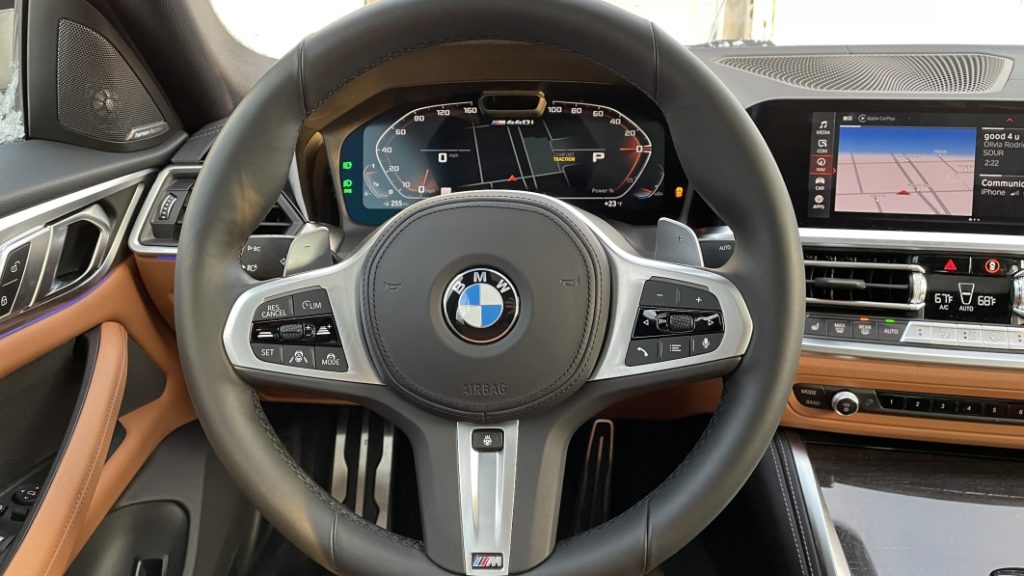The thick steering wheel trend has gotten out of hand

I hope we’ve reached the peak of the ultra-thick steering wheel fad. I’ve come to expect it when hopping into a new BMW M car, Mercedes-AMG model or Dodge performance product (to name but a few), and I have also come to deeply dislike it.
At this point, an extra-thick steering wheel rim is synonymous with a sports car/supercar or sporty version of a car. The trend surely started with good intentions. One wants a chunky wheel that’s easy to grip and feels good in your hands on track or when driving on the road, and the thin, wooden rims of the 1970s just don’t do the job. It helps differentiate a standard model to a high performance one, and a little bit of heft to a steering wheel rim isn’t necessarily a bad thing. When it does become bad, though, is when you grip it, and the rim is so large that it’s uncomfortable and a net negative on the driving experience.
Not to pick on BMW specifically — many OEMs have a similarly thick steering wheel design — but its M Sport steering wheels are simply so large as to be annoying and detrimental to the driving experience. My hands (very average-size hands for a man) are simply no match for the size of the wheel rim. Try gripping the wheel at the 9 and 3 position, and my fingers barely make it around the rim to a normal hand position. Slide up to the 10 and 2 spots, and the rim size expands even further. It’s awkward at best, and instead of feeling like a precise instrument, it feels more like I’m wheeling about a blunt tool. That’s the opposite of what I want in a sports car.
So, who does it right? Porsche’s steering wheels in all its cars are still shockingly thin and shaped to accommodate a normal human’s hand. Mazda too keeps its steering wheel size in check, as the Miata’s wheel is still a delightfully small and thin-rimmed tool. I could say the same for any of Mazda’s models, though.
I’d argue that these thinner wheel rims actually improve upon the driving experience, as they help accentuate a car’s nimbleness and give me a greater sense of control. I’ve found that my fingers/hands become less fatigued over long periods of intense activity (like on a racetrack) when I’m piloting a car with a thinner rim, as my fingers are able to more easily and lightly grip the wheel to retain comfortable control of the car. A big, chunky rim also puts me in the pickup truck mindset, which is the opposite of what I want to feel in something like a BMW M5.
There’s no need to dial steering wheels back to the 1960s, but the trend of ever-thicker wheel rims is definitely due for some backtracking. Even if the changes are marginal, that would be an improvement for the industry. And apologies to those with massive hands who may actually like huge steering wheel rims — just know that there are plenty of folks with smaller hands who are perhaps more frustrated than you are happy.


